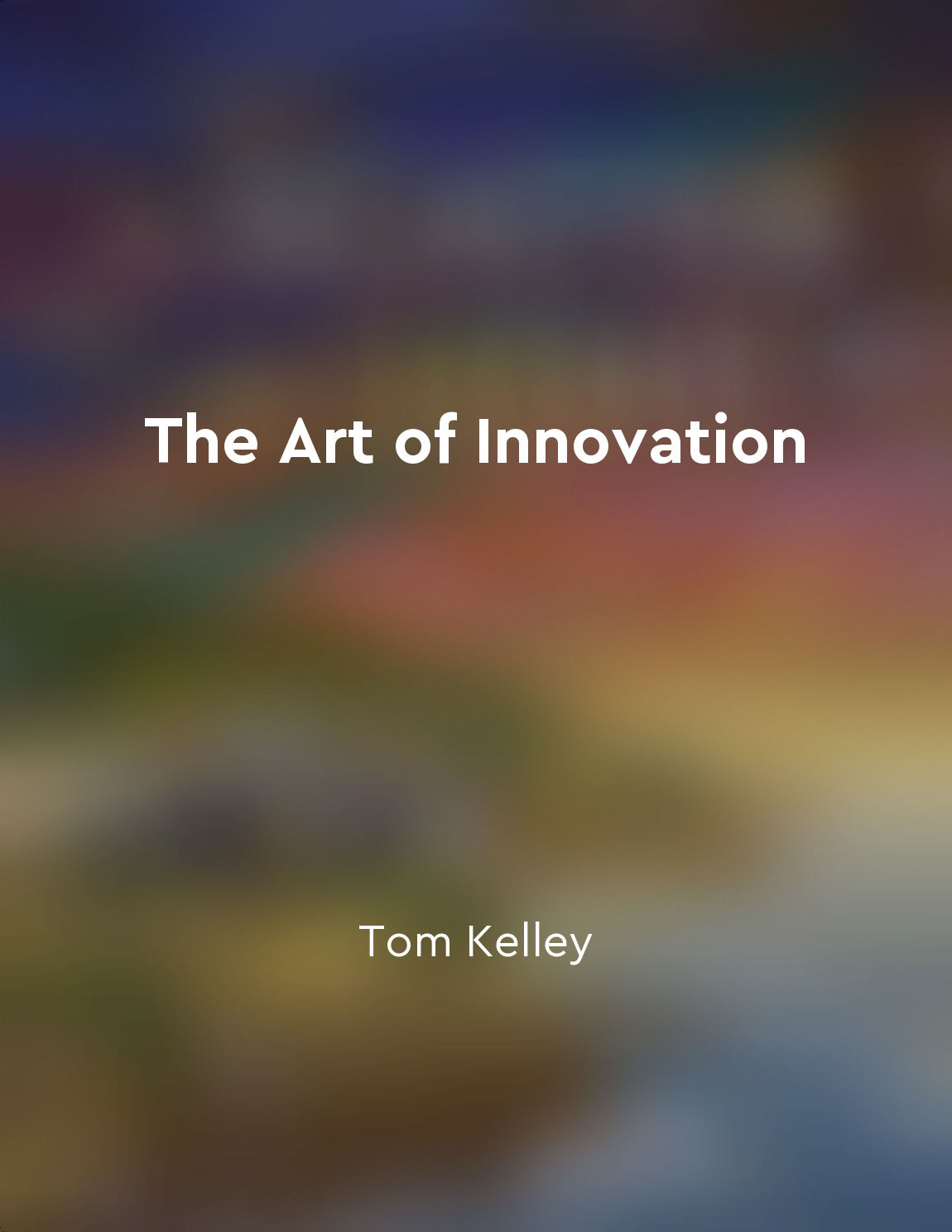Patterns of behavior emerge from underlying structures from "summary" of The Fifth Discipline Fieldbook by Peter M. Senge
Behavior within systems often reflects deeper, often invisible structures that shape actions and reactions. When individuals or groups engage in specific actions, these behaviors can be traced back to the mental models, rules, and relationships that govern their environment. These underlying structures act as the framework within which decisions are made and actions taken, creating a predictable flow of outcomes. Take, for instance, a team that consistently misses deadlines. While the immediate response may focus on improving time management or increasing workload, a deeper examination may reveal a lack of clear communication or poorly defined roles. This disconnect doesn't just influence the current project; it establishes a pattern that perpetuates similar issues in future endeavors. By shifting attention from superficial symptoms to these foundational elements...Similar Posts
Leaders must be able to learn from failures and continuously improve
Leaders who are able to learn from failures and continuously improve possess a vital skill that sets them apart. When faced wit...
Invest in ongoing education and skill development to stay competitive
To succeed in the ever-evolving business landscape, one must be committed to continuous learning and skill development. In toda...
Align your actions with your values
When you align your actions with your values, you are living in a way that is authentic and true to yourself. This means being ...
Seek feedback
To lead effectively, you must be willing to seek feedback. This means being open to hearing from others about your strengths an...

Encourage a playful and inquisitive mindset
To foster a culture of innovation, it is essential to cultivate a mindset that is both playful and inquisitive. This approach e...

Be a catalyst for transformational change
The idea of catalyzing transformational change is at the heart of all great leaders. It is not just about making incremental im...
Embrace change and uncertainty to thrive in the new economy
To thrive in the new economy, leaders must embrace change and uncertainty. This means letting go of traditional management prac...
Adapt to change and embrace challenges as opportunities
Adapting to change and welcoming challenges as opportunities is a vital mindset for leaders who aspire to be 100X leaders. Chan...
Foster a culture of continuous improvement
To drive innovation within your organization, it is essential to create an environment that values continuous improvement. This...
Foster a culture of collaboration
Fostering a culture of collaboration is not simply about working together - it is about fundamentally transforming the way an o...
